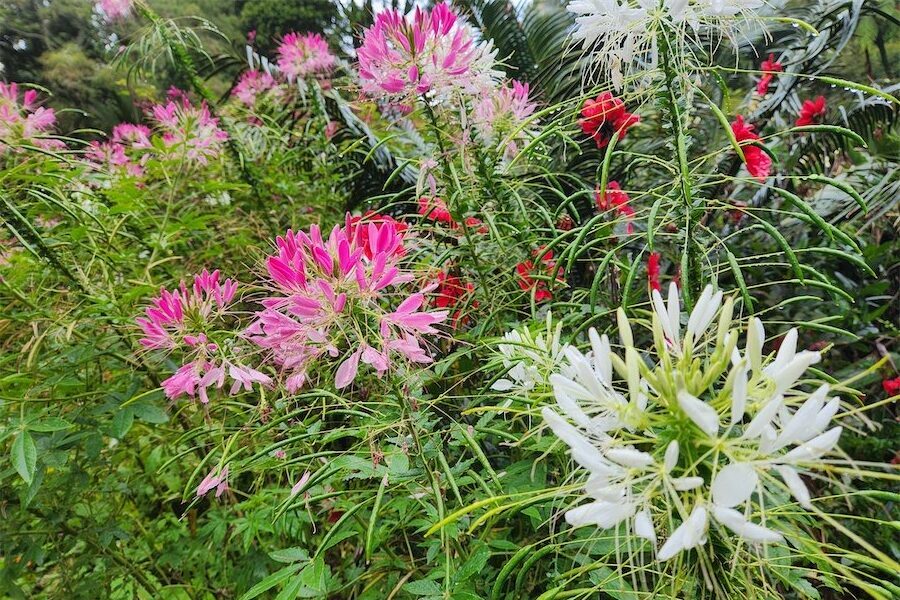
We have come to rely on the European honey bee for all our food and garden needs, but there are many native Australian bees that do just as much work, says gardening writer JACKIE WARBURTON.

Some of the more common bees are cuckoo bees, blue banded bees or carpenter bees. To attract them to the garden, plant lots of native plants such as native peas, daisies or banksias.
Native bees also love exotic plants such as salvias and lavender, and all bees are attracted to blue flowers – the more blue flowers all year round, the more bees.
A bee we don’t see often is the leaf cutting bee. It’s around only for a few weeks early in summer and the unusual circular cutting in a leaf is very distinct, so we know when they’re here.
Leaf-cutter bees are solitary and use the cuttings to make nests in holes in trunks and the ground. They do no harm to the plants and are good pollinators to summer vegetables as well.
Placing water and bee baths around the garden will also encourage all bees to the garden and it’s as easy as placing a shallow dish with large pebbles into the water.
Canberra nature map has good photos and information of native bees that are found in our area.
NOW’S the time to prune spring-flowering trees such as ornamental cherries, plums and apricots. Prune to reduce their height and size. Most importantly, remove dead, diseased or damaged wood.
Thinning and reducing branches will ensure new growth in the future and will keep trees growing and flowering for many years.
All ornamental trees prefer a little pruning, but do not respond well to more than a third of the canopy removed at once. Little but often is the key.
Some ornamental trees can be prone to suckering. If this is the case, remove those growth stems as they will have strong growth and take over in no time.
Keep watering through the summer months as most trees have shallow root systems and it’s best not to let them dry out. Mulch and fertiliser with compost is all the annual maintenance they require.

CLEOME pink spider flower (or the cat’s whiskers) is a fast-growing summer plant that grows to about a metre high. Its soft pink and white blooms blend well with cosmos, zinnias and other summer annuals that don’t mind the heat.
Growing them from seed is very easy. Most summer annuals are fast growing and flower in six to eight weeks. Once established, they require very little water.
Once its flowers have waned, seedpods will appear that can be collected and stored for planting next year.
If growing from seed, sow directly in full sun and they’ll germinate quite quickly.
Thinning out seedlings is important as they will overgrow each other through the season and cause fungal issues down the track.
Snip off weak, yellow seedlings and leave the strong, green ones to grow. Overall, you will have a better flowering display. Liquid fertilise to get them growing and flowering fast.
Jottings…
- Prune hedges little but often and in the cool of the day.
- Sow seeds of summer crops of tomatoes, eggplants and zucchinis.
- Keep deadheading roses for more blooms.
- Plant out sunflower seeds for summer flowering.
Who can be trusted?
In a world of spin and confusion, there’s never been a more important time to support independent journalism in Canberra.
If you trust our work online and want to enforce the power of independent voices, I invite you to make a small contribution.
Every dollar of support is invested back into our journalism to help keep citynews.com.au strong and free.
Thank you,
Ian Meikle, editor





Leave a Reply